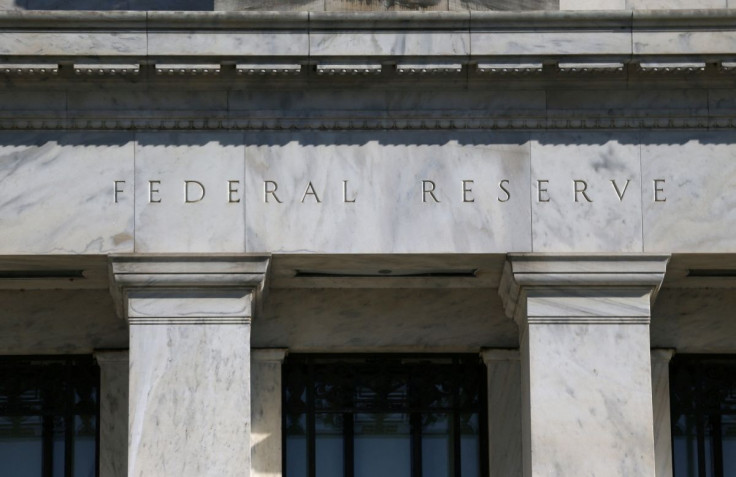U.S. Job Growth Strong In June Despite Darkening Economic Outlook

U.S. employers hired far more workers than expected in June and continued to raise wages at a steady clip, signs of persistent labor market strength that give the Federal Reserve ammunition to deliver another 75-basis-point interest rate hike this month.
The Labor Department's closely watched employment report on Friday also showed no indication that companies were reducing hours for workers. Also, the number of people working part time for economic reasons fell sharply, dropping below its pre-pandemic level. This should allay fears of an imminent recession that had mounted in recent days following a raft of tepid economic data, ranging from consumer spending to manufacturing.
"Today's job number should soothe fears of an imminent recession, but it does nothing to relieve fears of considerable further Fed tightening," said Seema Shah, chief global strategist at Principal Global Investors. "The job market remains severely tight."
Nonfarm payrolls increased by 372,000 jobs last month. Data for May was revised slightly down to show payrolls rising by 384,000 jobs instead of the previously reported 390,000. Employment is now 524,000 jobs below its level in February 2020.
The private sector has recouped all the jobs lost during the COVID-19 pandemic and is 140,000 higher than in February 2020, while government employment is still in the hole by 664,000.
Economists polled by Reuters had forecast 268,000 jobs added last month, with estimates ranging from as low as 90,000 to as high 400,000.
Last month's broad increase was led by the professional and business services industry, which added 74,000 jobs. Leisure and hospitality payrolls increased by 67,000 jobs. But employment in the industry remains down by 1.3 million since February 2020.
There were also strong payrolls gains in the healthcare, information as well as transportation and warehousing industries. Manufacturing added 29,000 jobs and has recouped all the jobs lost during the pandemic.
The unemployment rate was unchanged at 3.6% for a fourth straight month, in part as people left the labor force.
U.S. stocks opened lower. The dollar rose against a basket of currencies. U.s. Treasury prices fell.
TIGHT LABOR MARKET
The Fed wants to cool demand for labor to help bring inflation down to its 2% target. The U.S. central bank's aggressive monetary policy posture has heightened recession worries, which were amplified by modest growth in consumer spending in May as well as soft housing starts, building permits and manufacturing production.
In June, it raised its benchmark overnight interest rate by three-quarters of a percentage point, its biggest hike since 1994. Markets overwhelmingly expect the Fed, which has increased its policy rate by 150 basis points since March, to unveil another 75-basis-point hike at its meeting later this month.
The release next Wednesday of inflation data for June, which is expected to show consumer prices accelerating, is also seen giving policymakers another reason to raise borrowing costs further.
Inflation could remain elevated, with employers continuing to raise wages to retain and attract workers. There were 11.3 million job openings at the end of May, with 1.9 jobs for every unemployed person.
Average hourly earnings increased 0.3% in June after gaining 0.4% in May. That lowered the year-on-year increase to 5.1% from 5.3% in May. Despite the deceleration, wage pressures remain robust. Labor costs surged in the first quarter and the Atlanta Fed's wage growth tracker continues to run strong.
With workers still in short supply, the average workweek held steady at 34.5 hours. The number of people working part time for economic reasons fell by 707,000 to 3.6 million and was below its February 2020 level of 4.4 million.
© Copyright Thomson Reuters 2024. All rights reserved.



















